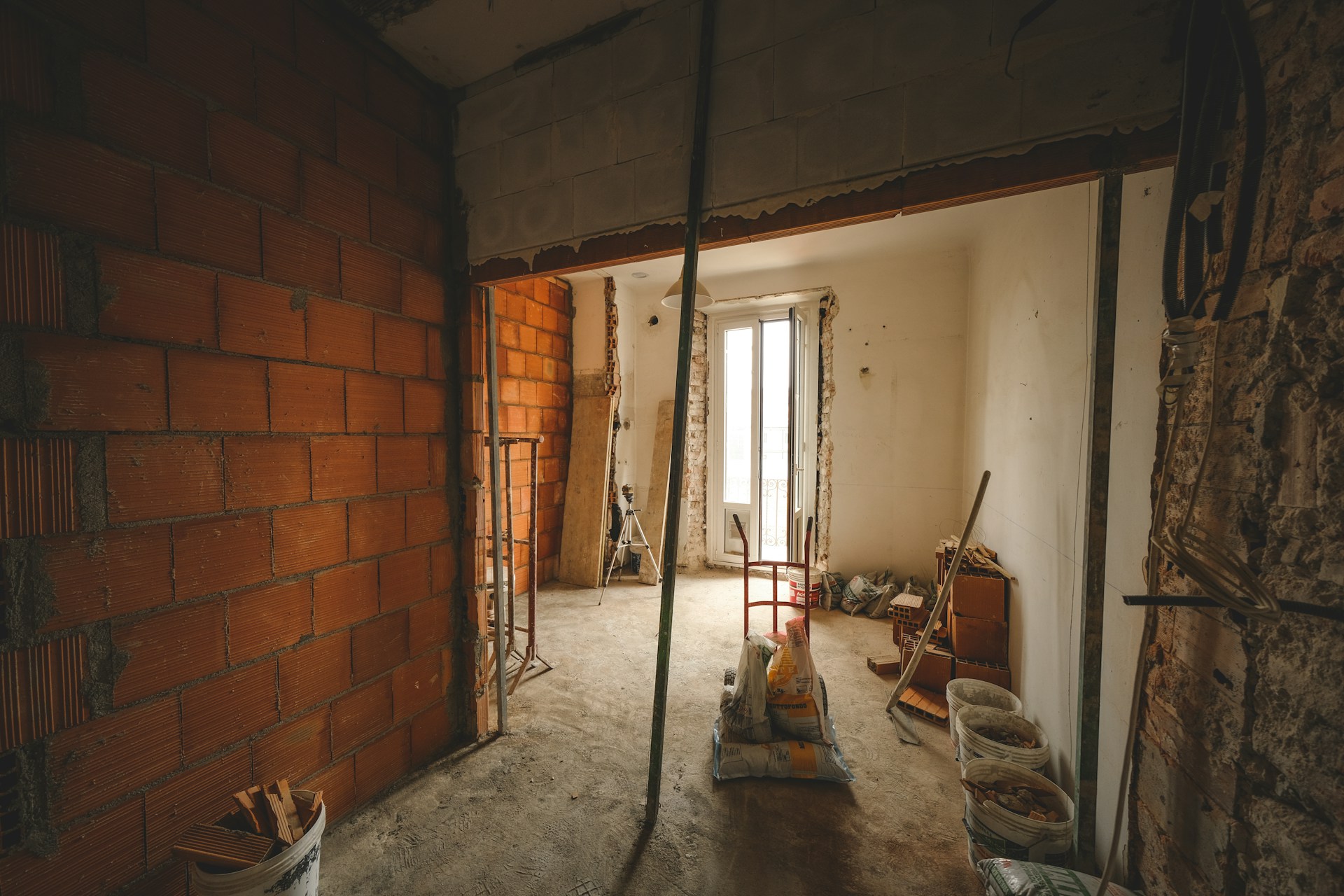Now Reading: Your Complete Guide to Stress-Free Home Renovations
-
01
Your Complete Guide to Stress-Free Home Renovations
Your Complete Guide to Stress-Free Home Renovations

Home renovations can transform your living space, but can also become overwhelming without proper preparation. Whether you’re updating a single room or tackling a whole-house makeover, successful remodel planning requires careful consideration of budget, timeline, and logistics. This comprehensive guide will walk you through each step of planning your home project, helping you avoid common pitfalls and achieve the results you envision.
The difference between a smooth renovation and a stressful ordeal often comes down to one factor: preparation. Homeowners who invest time in thorough planning typically save money, reduce delays, and end up happier with their final results. By following a structured approach and using a proven renovation checklist, you’ll set yourself up for success from day one.
Establish Your Vision and Goals
Before diving into specifics, take time to clarify what you want to achieve. Start by identifying the primary reasons for your renovation. Are you looking to increase your home’s value, improve functionality, or simply refresh outdated spaces? Understanding your core motivation will guide every decision that follows.
Create a detailed wish list for each space you plan to renovate. Include both must-haves and nice-to-haves, then prioritize them based on importance and budget constraints. Consider how the changes will affect your daily life and whether they align with your long-term plans for the home.
Document your vision with inspirational photos, magazine clippings, or digital mood boards. Visual references help communicate your ideas to contractors and ensure everyone stays aligned throughout the project.
Set a Realistic Budget
Budgeting represents one of the most critical aspects of remodel planning. Start by researching average costs for your type of renovation in your local market. Remember that prices vary significantly based on location, materials, and complexity.
Follow the 20% rule by adding a buffer of at least 20% to your initial budget estimate. Unexpected issues like hidden structural problems, electrical updates, or plumbing complications frequently arise during renovations. Having contingency funds prevents these surprises from derailing your project.
Break down your budget into categories such as materials, labor, permits, and miscellaneous expenses. This detailed approach helps you track spending and identify areas where you might save money or need to invest more.
Choose the Right Professionals
Finding qualified contractors can make or break your home project. Start by asking friends, family, and neighbors for recommendations. Online reviews and local contractor directories provide additional options, but always verify credentials and insurance coverage.
Interview at least three contractors for any major work. Ask about their experience with similar projects, timeline estimates, and approach to handling unexpected issues. Request detailed written estimates that break down labor and material costs.
Check references from recent projects and, if possible, visit completed work sites. A reputable contractor like Mike The Builder will gladly provide references and showcase their craftsmanship. Don’t automatically choose the lowest bid – focus on value, reliability, and communication skills.
Obtain Necessary Permits
Many home renovations require permits from your local building department. While the permit process might seem tedious, it ensures your work meets safety codes and protects your investment.
Common projects requiring permits include electrical work, plumbing modifications, structural changes, and additions. Even seemingly simple projects like replacing windows or installing a new HVAC system often need approval.
Contact your local building department early in the planning process to understand requirements. Some contractors handle permit applications as part of their service, while others expect homeowners to manage this step. Factor permit fees and approval timelines into your overall schedule.
Create a Detailed Timeline
Realistic scheduling prevents frustration and helps coordinate different aspects of your renovation. Work backward from your desired completion date, accounting for each phase of the project.
Consider seasonal factors that might affect your timeline. Exterior work depends on weather conditions, while indoor projects might be better suited to certain times of year. Popular contractors often book months in advance, so plan accordingly.
Build flexibility into your schedule for unexpected delays. Material shortages, permit delays, or discovery of additional work can extend timelines. Communicate regularly with your contractor about progress and any potential schedule adjustments.
Plan for Daily Life During Construction
Renovations disrupt normal household routines, so prepare for the inconvenience. If you’re renovating a kitchen, set up a temporary cooking area with essential appliances. For bathroom remodels, ensure access to alternative facilities.
Protect belongings by moving furniture and personal items away from work areas. Cover remaining items with plastic sheeting to prevent dust damage. Consider renting a storage unit for valuable or fragile items.
Establish clear communication protocols with your contractor. Determine daily start and end times, discuss noise considerations for neighbors, and agree on procedures for accessing your home when you’re not present.
Select Materials and Finishes Early
Delays in material selection often cause project slowdowns. Make decisions about flooring, fixtures, paint colors, and other finishes as early as possible in the planning process.
Order materials well in advance, especially custom items or those with long lead times. Some products like specialty tiles, custom cabinetry, or unique fixtures might take weeks or months to arrive.
Keep samples and documentation organized in a project binder. Include product specifications, warranty information, and care instructions. This information proves valuable both during construction and for future maintenance.
Essential Renovation Checklist
Use this checklist to ensure you’ve covered all crucial planning elements:
Pre-Construction Phase:
- Define project scope and goals
- Establish a realistic budget with 20% contingency
- Research and interview contractors
- Obtain necessary permits
- Order materials and fixtures
- Arrange temporary living accommodations if needed
- Notify neighbors of upcoming construction
During Construction:
- Maintain regular communication with the contractor
- Monitor progress against the timeline
- Address issues promptly as they arise
- Keep detailed records of changes and expenses
- Conduct regular site visits to ensure quality
Post-Construction:
- Complete final walkthrough with contractor
- Address any punch list items
- Collect warranties and maintenance information
- Update home insurance and property records
- Leave reviews for contractors and suppliers
Quality Control and Final Inspections
Don’t wait until the end of your project to address quality concerns. Conduct regular inspections throughout the construction process and communicate any issues immediately with your contractor.
Schedule final inspections with appropriate authorities before considering the project complete. Building inspectors need to approve electrical, plumbing, and structural work to ensure code compliance.
Create a punch list of minor items that need attention before final payment. This might include touch-up painting, hardware adjustments, or cleaning details. Most contractors expect this final review and will address legitimate concerns promptly.
Your Path to Renovation Success
Successful home renovations result from careful planning, realistic expectations, and strong communication with your team. By following this systematic approach to remodel planning, you’ll minimize stress and maximize satisfaction with your completed project.
Remember that flexibility and patience serve you well throughout the renovation process. Unexpected challenges often lead to creative solutions that improve the final result. Stay focused on your original goals while remaining open to beneficial modifications that arise during construction.
Start your planning process today by defining your vision and establishing a preliminary budget. With proper preparation and the right team of professionals, your dream home renovation can become a rewarding reality.

























